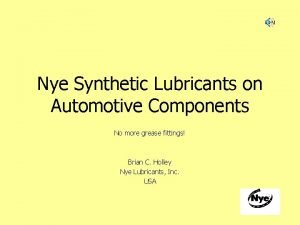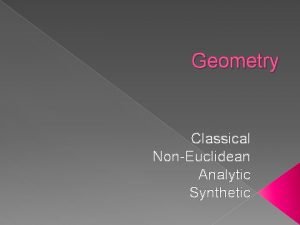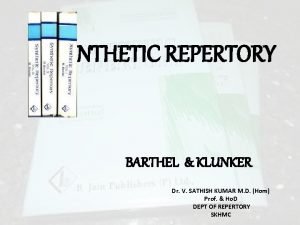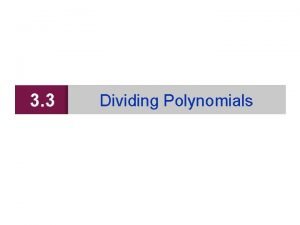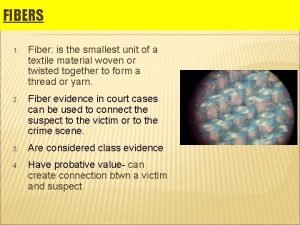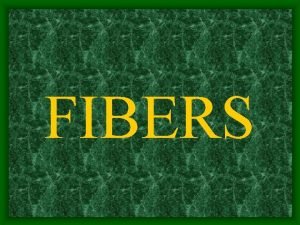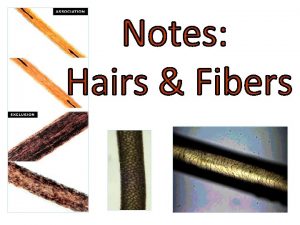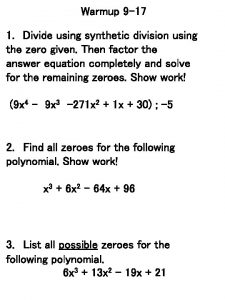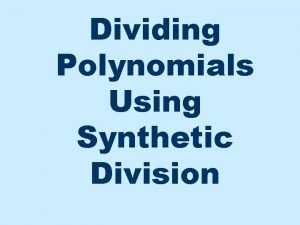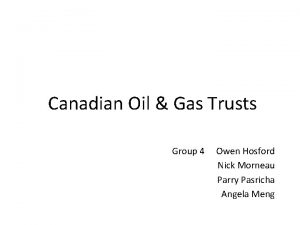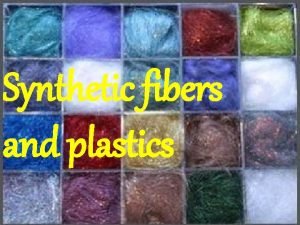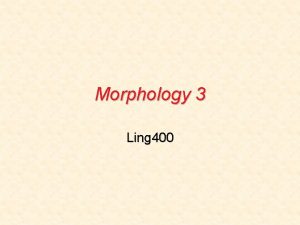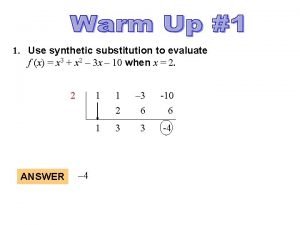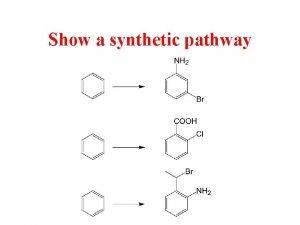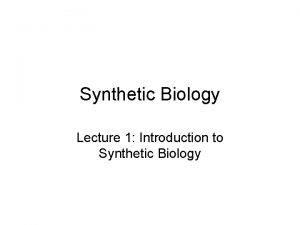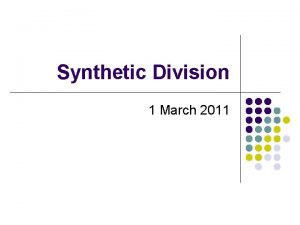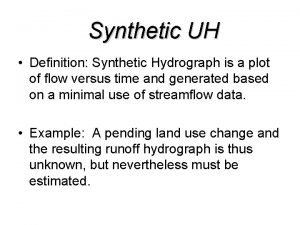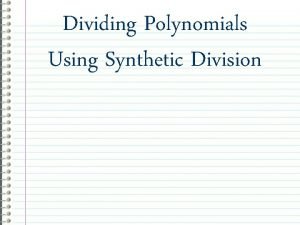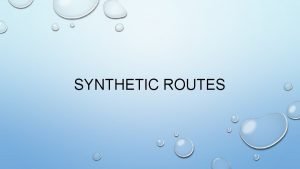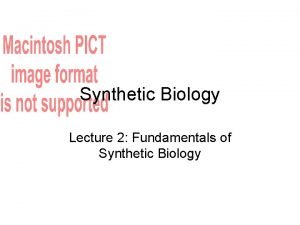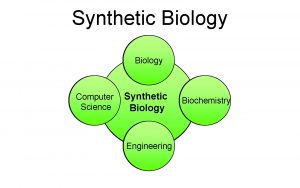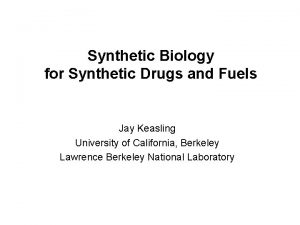2006 Slingmax Inc 2006 Slingmax Inc Synthetic Protection





















- Slides: 21

2006ã Slingmax®, Inc.

2006ã Slingmax®, Inc.

Synthetic Protection Slings must be protected from cutting or damage. Ø Failure of any synthetic sling from cutting is preventable. 2006ã Slingmax®, Inc.

Synthetic Protection Ø Synthetic slings MUST be protected from corners, protrusions, rough surfaces and in some cases where used with rigging hardware. 2006ã Slingmax®, Inc.

Synthetic Protection Ø All edges on the load, including those that are not the primary load bearing areas need to be protected. 2006ã Slingmax®, Inc.

Synthetic Protection Ø Steel slings such as wire rope and alloy chain may need to be protected from its load. 2006ã Slingmax®, Inc.

Synthetic Protection Ø Exposure of a synthetic sling to load edges or corners requires a pad that is not susceptible to cutting either because of toughness or separation. No Contact with the load 2006ã Slingmax®, Inc.

Synthetic Protection Rounded edges compared to sharp edges. Ø Edges have varying degrees of danger. Ø What’s good for the sharp edge is best for the rounded edge. Ø Protect slings from all edges. This removes all subjectivity from the workers guessing what edge requires protection and which may not. Ø All edges can cut a sling. 2006ã Slingmax®, Inc.

Synthetic Protection Types of Protection Two different types of protection are necessary for synthetic slings and they are mutually exclusive. Ø First: Abrasion protection. Ø Second: Cut protection. 2006ã Slingmax®, Inc.

Synthetic Protection Types of Protection Synthetic Armor™ & other Synthetic Pads Ø These pads are designed to prevent abrasive action. Ø They will provide limited cut protection for the sling. 2006ã Slingmax®, Inc.

Synthetic Protection Types of Protection Corner. Max™ Protection Ø These pads are designed to prevent cutting of the sling. 2006ã Slingmax®, Inc.

Synthetic Protection Application Corner. Max™ Protection Good Separation u The bulge at the pads two bearing points must rest completely on the load. 2006ã Slingmax®, Inc.

Synthetic Protection Application Corner. Max™ Protection No Separation u The load sides must be at 90° or greater to each other to maintain the separation necessary to protect the sling. 90° 2006ã Slingmax®, Inc.

Synthetic Protection Application Corner. Max™ Protection No Separation u Loads with protruding edges must be furred out to create the minimum 90° corner necessary to create separation from the sling. 2006ã Slingmax®, Inc.

Synthetic Protection Application Corner. Max™ Protection Good Separation u Blocking to create 90° corner necessary to create separation from the sling. 2006ã Slingmax®, Inc.

Synthetic Protection Application PIN Pad Protection u Pin Pad Protectors is placed over the pin of a shackle to protect synthetic slings from damage do to exposed threads or pinching at the ears where the pin is attached to the bow of the shackle. 2006ã Slingmax®, Inc.

Synthetic Protection Application PIN Pad Protection u Bunch Twin-Path® Slings into restrictive areas. DO NOT fold one path over the other. 2006ã Slingmax®, Inc.

Synthetic Protection Types of Protection In some cases the load must be protected from damage caused by the sling. Ø Steel slings can seriously damage its load due to its hard construction. Ø Synthetic slings that stretch dramatically can cause damage to a sensitive surface. 2006ã Slingmax®, Inc.

Synthetic Protection Testing Corner. Max® Pad Wire Mesh Pad Sling Webbing Seat Belt Material 1/4” Rubber Pad Leather Pad Spectra® Shield 3/8” White Felt Kevlar® Felt Cover. Max™ (M) Cover. Max™ (SW) 1/4” Poly Felt NO Protection Testing done using an EE 1 -901 web sling rigged in a basket hitch around a sharp edged beam. Minimum break strength at a 5: 1 Design Factor is 16, 000 lbs. Vertical Basket Capacity is 3, 200 lbs. 17, 010 17, 690 10, 490 9, 190 8, 070 7, 750 7, 460 6, 970 6, 730 6, 640 6, 450 5, 450 POUNDS 2006ã Slingmax®, Inc.

Synthetic Protection Pre-use Inspection Before each use inspect sling protection for: Ø Cuts, tears or damage that may prevent protection of the sling. Ø Unprotected bars, plates, rods or mesh used in the sling protection that can damage the sling or load. Ø Be sure protection is the correct size and type to protect the sling. 2006ã Slingmax®, Inc.

2006ã Slingmax®, Inc.
 Nye fluorocarbon gel 880
Nye fluorocarbon gel 880 Geometry
Geometry Synthetic function of liver
Synthetic function of liver Synthetic wave
Synthetic wave Dr sathish rajasekaran
Dr sathish rajasekaran Anthropomorphism antonym
Anthropomorphism antonym Polynomial table
Polynomial table Smallest unit of synthetic fibre
Smallest unit of synthetic fibre Synthetic
Synthetic Types of medullas
Types of medullas Divide using synthetic division
Divide using synthetic division Synthetic division fraction
Synthetic division fraction Dr
Dr Long division synthetic division
Long division synthetic division Canadian oil and gas trusts
Canadian oil and gas trusts Fibre terylene
Fibre terylene What are fibres
What are fibres Jas hujan terbuat dari bahan plastik karena mempunyai sifat
Jas hujan terbuat dari bahan plastik karena mempunyai sifat How many morphemes in denationalization
How many morphemes in denationalization Synthetic camera model in computer graphics
Synthetic camera model in computer graphics What is a priori and a posteriori knowledge
What is a priori and a posteriori knowledge Synthetic substitution example
Synthetic substitution example
